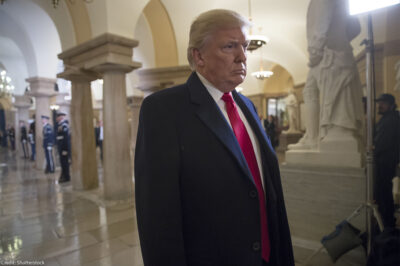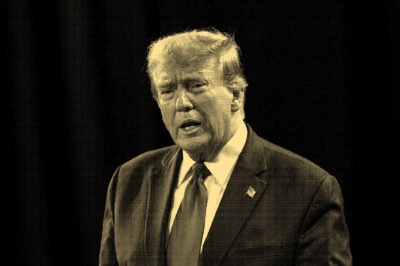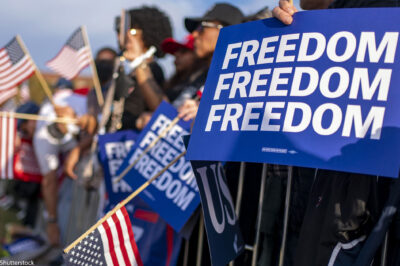During Japanese American Incarceration, the ACLU Lost — and Then Found — Its Way


In June 1942, Fred Korematsu sat alone in a San Francisco prison cell. The young welder defied government orders forcing all persons of Japanese ancestry on the West Coast to leave their homes to live in detention centers. Korematsu was in love with an Italian American woman, and he wanted to marry her. For weeks, he evaded authorities before getting arrested on a San Leandro street corner.
When a guard told him he had a visitor, Korematsu couldn’t imagine who it could be. The military had taken his family and Japanese American friends to the Tanforan Assembly Center, a camp hastily built on a muddy, horsefly-infested racetrack south of San Francisco.
Korematsu recalled, “My visitor introduced himself as Mr. Ernest Besig of the American Civil Liberties Union. He said his organization was seeking a test case to challenge the constitutionality of the evacuation order. He wanted to represent me.”
That first meeting would ultimately result in one of the most infamous U.S. Supreme Court decisions in American history.
It also led to bitter disputes between the ACLU national office and its West Coast affiliates. These disagreements are vital to understanding the organization’s history. They are also crucial lessons on effectively challenging discrimination, at another moment when our government is targeting people based on race, religion, and national origin in the guise of national security.
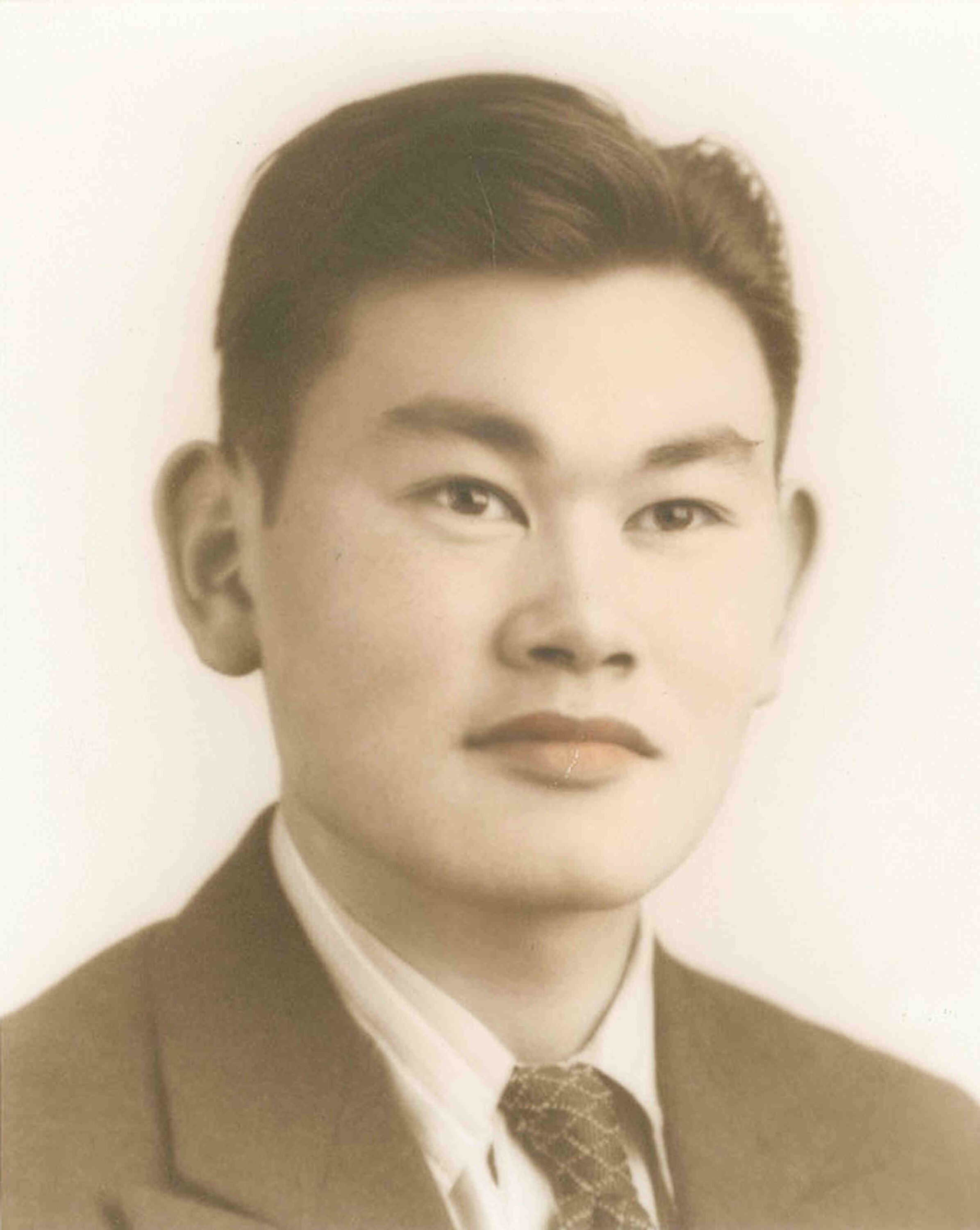
Fred Korematsu, 1940's.
Fred T. Korematsu Institute
Roosevelt’s Order
Responding to the Japanese military’s attack on Pearl Harbor and to lobbying by West Coast politicians, President Franklin Roosevelt, on February 19, 1942, issued Executive Order 9066, authorizing the military to designate areas from which anyone could be excluded. Shortly thereafter, General John DeWitt, the military commander overseeing the West Coast, issued a curfew applying to German and Italian immigrants and all people of Japanese ancestry on the West Coast. Several weeks later, the government ordered everyone of Japanese ancestry, including American citizens, out of an exclusion zone along the West Coast.

Exclusion Order poster, 1942
Library of Congress
Within the exclusion zone, the government posted signs on street lamps and telephone poles with “Instructions to All Persons of JAPANESE Ancestry” for their impending forced removal. Families had weeks, sometimes only days, to liquidate businesses, determine the disposition of farms, sell or store belongings, and pack only what they could carry to “assembly centers” — bleak temporary camps the government quickly set up on fairgrounds, race tracks and other locales.
Japanese Americans were eventually crammed onto buses and trains, windows blocked, and transported to 10 more permanent concentration camps located in remote areas. Among these 120,000 Japanese Americans were family members of Stan Yogi, co-author of this article. His mother’s family was incarcerated in the camp at Manzanar, California, his father’s family at camps in Jerome, Arkansas and Gila River, Arizona.
A month after Roosevelt issued Executive Order 9066, the ACLU’s national executive director, Roger Baldwin, wrote in an open letter to the president:
This unprecedented order is open to grave question on the constitutional grounds of depriving American citizens of their liberty and use of their property without due process of law … the protection of our country in war-time can be assured without such a wholesale invasion of civil rights and without creating a precedent so opposed to democratic principle.
Baldwin encouraged ACLU affiliates on the West Coast to seek plaintiffs to challenge the order.

Japanese-Americans transferring from train to bus at Lone Pine, California, bound for war relocation authority center at Manzanar, April, 1942.
Library of Congress
Finding Korematsu
Responding to the call for plaintiffs, Gus Solomon, a Portland attorney, wrote to Baldwin in April 1942, about the arrest of Minoru Yasui, a local lawyer who purposely violated the curfew imposed on Japanese Americans. National ACLU attorney Clifford Forster, however, advised against ACLU involvement because Yasui had previously worked for the Japanese consulate in Chicago and might not be a sympathetic plaintiff in the highly charged wartime political environment.
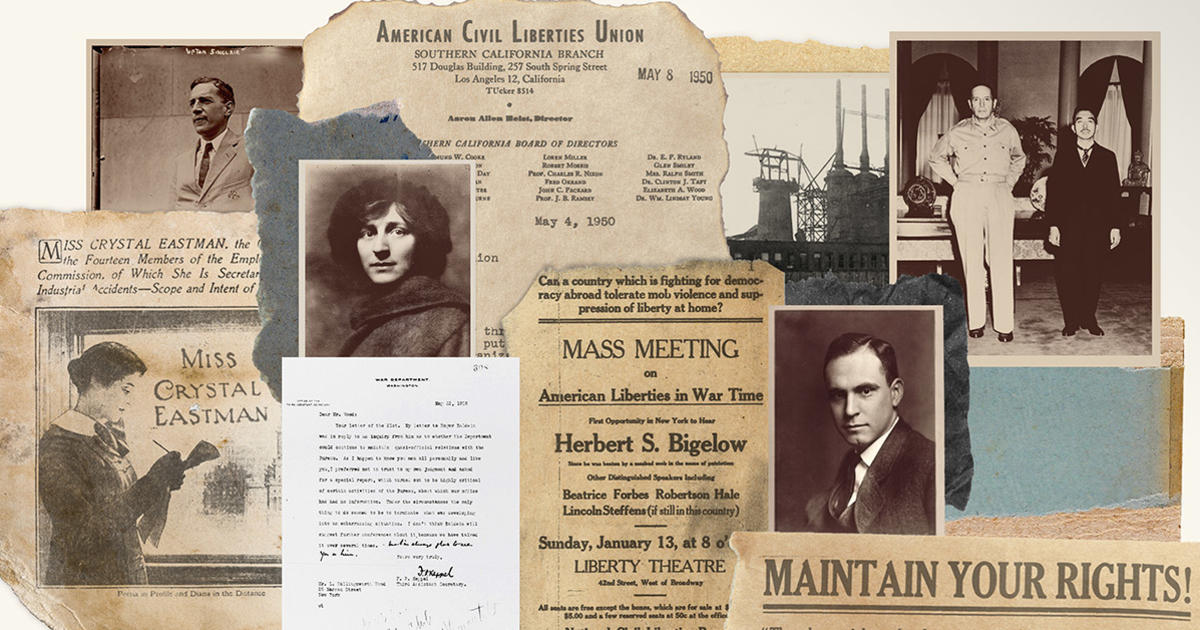
ACLU 100 History Series
Source: American Civil Liberties Union
In Los Angeles, A.L. Wirin, a former attorney with the national ACLU who subsequently worked with the ACLU of Southern California, thought he had found a good test case when Ernest and Toki Wakayama contacted the ACLU’s Los Angeles office in April 1942 seeking advice on how to challenge their impending imprisonment. Because Ernest was a World War I veteran, American Legion officer, and outspoken patriot, Wirin believed he had an ideal plaintiff.
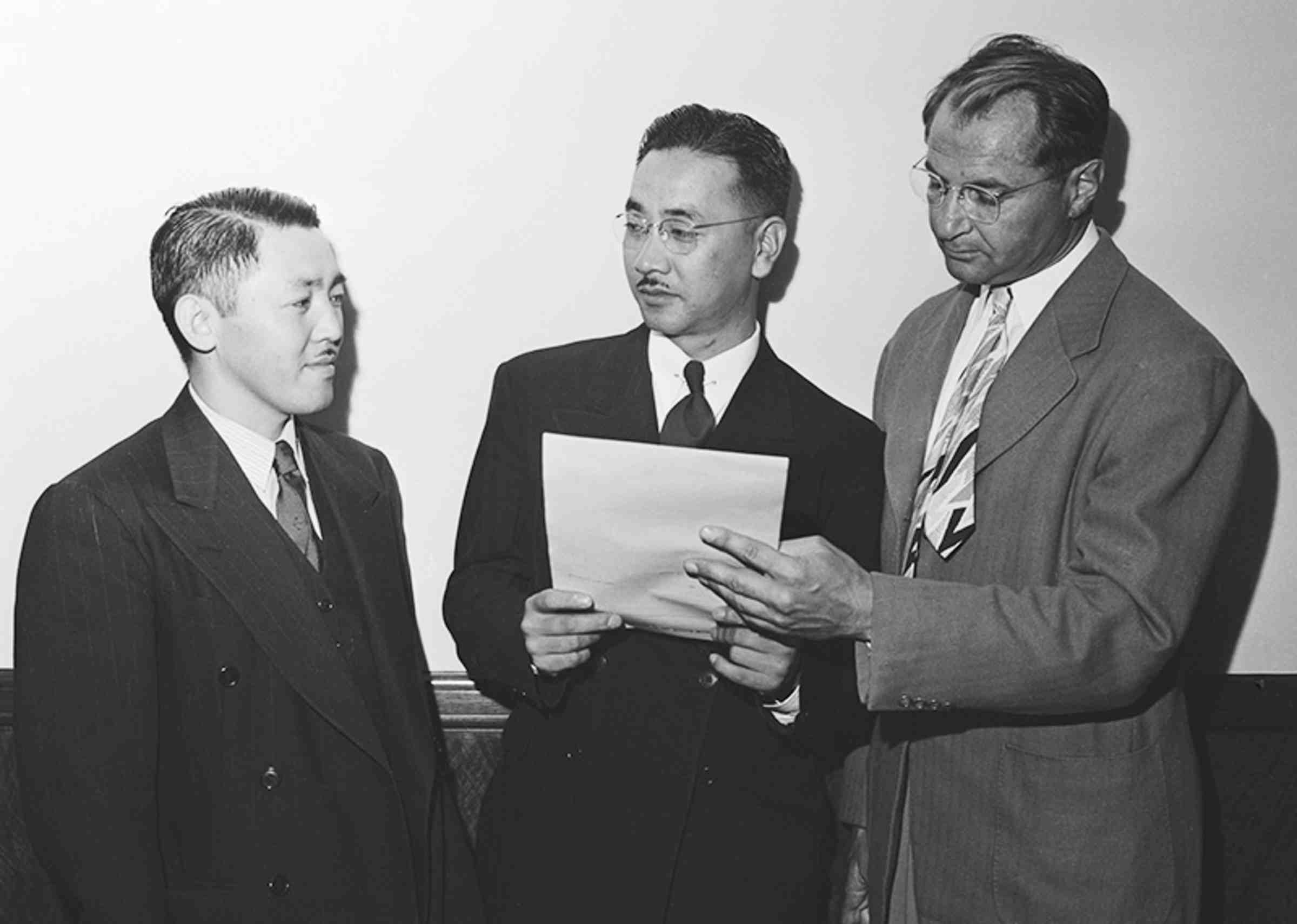
A. L. Wirin (right), Dr. George Ochikubo (center) and Saburo Kido (left). Wirin and Kido filed a brief together in 1944 representing the Japanese American Citizens League, in Korematsu v. United States.
UCLA, Charles E. Young Research Library, Special Collections
In Seattle, state legislator Mary Farquharson, who helped establish the ACLU in Washington, wrote to Baldwin about Gordon Hirabayashi, a University of Washington student and conscientious objector, who defied the government’s curfew and forced removal orders.
In San Francisco, Ernest Besig, the executive director of the ACLU of Northern California, was also keen to find a plaintiff. In May 1942, he read in the newspaper of Fred Korematsu’s arrest and sought him out. Besig explained to his potential client that virulent and pervasive anti-Japanese prejudice, coupled with judicial deference to wartime military decisions, made their prospects daunting. Nevertheless, Korematsu agreed to be a plaintiff. He later recalled that Besig “was sticking his neck out for me” because “at the time racial prejudice was pretty strong.”
Besig informed Baldwin in June 1942 that the ACLU affiliate would be taking Korematsu’s case. But he faced a practical problem on the ground. When he attempted to free Korematsu by posting the $1,000 bail set by the district court judge, military police seized Korematsu. He, too, was taken to the temporary camp at Tanforan.
The ACLU Changes Course
Besig was dealing with this crisis when he received a shocking letter. “We have run into difficulty in regard to the test cases on the Pacific Coast,” Baldwin wrote. The national ACLU board, he explained, had changed its position questioning Executive Order 9066. The new policy prohibited constitutional challenges to the order.
The change came about because the national ACLU board was polarized about the issue. Board member John Finerty, an attorney known for defending vilified clients, asked the board to go on record opposing the government authorizing military or civilian authorities to remove citizens from their homes in the absence of immediate threat.
A significant faction of the national ACLU board — an unlikely combination of liberals loyal to Roosevelt who believed they could impact federal policy through the “old boys network” behind the scenes, and legal conservatives who saw no constitutional problem with Executive Order 9066 — vigorously opposed Finerty’s proposal. Most national board members believed that national security concerns took precedence over individual rights during wartime.
To resolve the dispute, the national board asked its National Committee, a group of more than 70 ACLU members across the country who advised the board on contentious issues, to vote on two competing resolutions: One resolution objected to the mass removal of Japanese Americans and authorized the ACLU to challenge government orders restraining citizens’ rights in the absence of an immediate military threat. The second resolution affirmed the government’s right to establish military zones and to force citizens and non-citizens from those areas if their presence threatened national security, even in the absence of a declaration of martial law.
The National Committee voted 2–1 in favor of the latter resolution supporting the government and prohibiting a constitutional challenge to Executive Order 9066.
For the national ACLU, this clearly meant the West Coast affiliates would need to cease representation of their clients. “Since we have already authorized suits on the Pacific Coast without any such limitation, we want to do the best we can to repair any damage,” Baldwin wrote to his West Coast colleagues. “We all feel that the defendants in these cases ought to be able to raise any constitutional question they wish, but we cannot participate except in challenging the evacuation order as it applies to Japanese Americans on the grounds of race discrimination.”
Baldwin suggested that the branches find their clients other counsel or set up independent defense committees not affiliated with the ACLU.
The Internal Rift Widens
The West Coast affiliates differed in their responses to the dramatic shift in national ACLU policy.
In Los Angeles, Wirin assured the national office he did not intend to challenge the constitutionality of Executive Order 9066, but rather planned to argue that the government imprisoned the Wakayamas without a trial and detained them because of their race. The point became moot when the Wakayamas' anger at incarceration led them to request patriation to Japan. In Washington, Farquharson expressed shock and disappointment over the policy change. Nevertheless, she reported to Baldwin that Hirabayashi’s supporters had formed a defense committee independent of the ACLU.
But Besig in San Francisco refused to back down. He sent a telegram to the national office stating that the new policy “has come too late to permit us in good conscience to break our commitment in the Korematsu case.” In response, Lucille Milner, national secretary of the ACLU, sent a letter insisting that the affiliate withdraw from the case if it challenged the constitutionality of Executive Order 9066.
Even when the national office threatened to sever ties with the affiliate, Besig refused to abandon his client. He maintained a voluminous correspondence with Korematsu, keeping him apprised of all the twists and turns in the case. And he wrote to Baldwin:
Since you boys are starting to throw monkey wrenches in the Korematsu matter, I suppose we’re privileged to reciprocate. We’ve got a number of Irishmen on our Committee who love a good fight, and I rather enjoy one myself. So heave away with the monkey wrenches. We’ll toss them right back.
On the East Coast, Baldwin and other ACLU representatives were hoping to mitigate the impact of the mass incarceration through back-door discussions with government officials, including Attorney General Francis Biddle; Edward Ennis, head of the Justice Department’s Enemy Alien Division; and Dillon Myer, director of the War Relocation Authority, the civilian agency overseeing the camps. These contacts were not exactly adversarial: In October 1942, the national ACLU praised the government for instituting a policy allowing Japanese Americans to leave the camps for areas outside the exclusion zone. A month later, the national office congratulated the military for the “efficient manner” in which it removed Japanese Americans from the West Coast.
Besig had no patience for this diplomacy. In March 1944, he wrote to national ACLU attorney Osmond Fraenkel, “I cannot forget that the people at Manzanar are this year beginning the third year of their detention and that, although this is the biggest issue the ACLU has faced in its history, the National Office as such has started no test cases.”
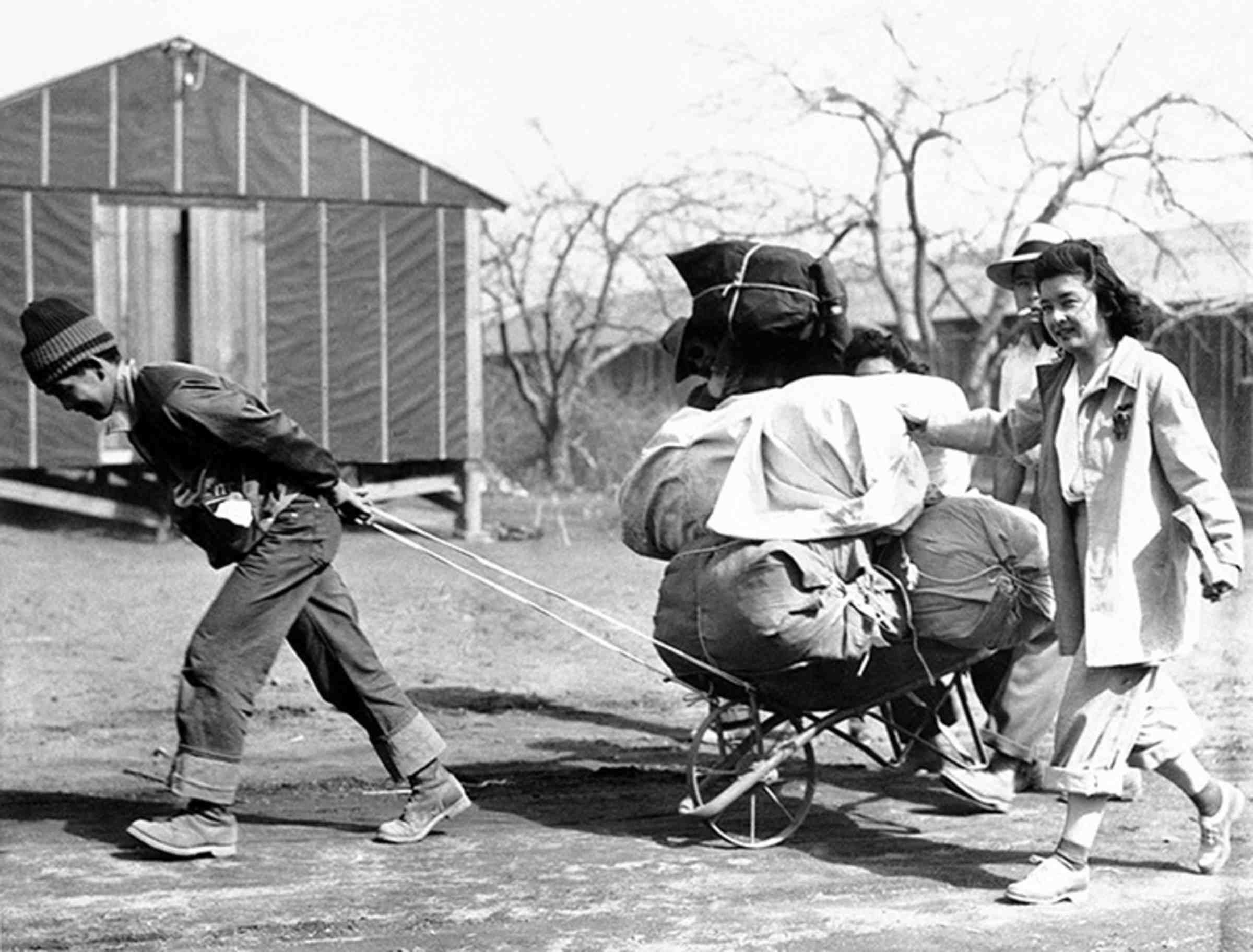
In this June 19, 1942 file photo, Japanese Americans move into the war relocation authority center in Manzanar, CA.
AP Photo/File
Besig’s ire was understandable. While national ACLU leaders were having private discussions with Roosevelt administration officials, 120,000 Japanese Americans were trapped behind barbed wire, enduring harsh conditions in ten desolate concentration camps. They lived in dusty barracks, hastily constructed with plywood and tarpaper, that were difficult to keep clean and warm. Entire families shared one small room, which they divided with blankets for privacy. They slept on iron cots and mattresses filled with hay. Mess halls, showers and latrines were communal.
They were guilty of no crimes.
‘Tyranny Reigns at Tule Lake’
In the summer of 1943, the WRA designated the camp at Tule Lake, in northeastern California, as a “Segregation Center” housing people from other concentration camps whom the government considered “disloyal” or “troublemakers.” In July 1944, Besig traveled to Tule Lake using wartime gasoline rations to investigate conditions, over the objections of Baldwin, who had conferred with WRA officials about Besig’s visit.
Besig learned that after martial law was imposed in November 1943, the army arrested more than 300 men and imprisoned them in Tule Lake’s stockade without charges or hearings; they had been denied the right to counsel and barred from visiting with their families. More than eight months later, 18 were still being held. They told Besig that WRA internal security officers had viciously beat men with baseball bats.

People working at Tule Lake Camp, 1942 or 1943
Library of Congress
Returning to San Francisco, Besig recounted his visit in the affiliate’s newsletter. Under the headline “Tyranny Reigns at Tule Lake,” he described the “Gestapo-like conditions” at the stockade, and wrote of his own treatment: The camp director had forced him to leave the camp and someone had poured salt into the gas tank of his car.
Besig wrote to Secretary of the Interior Harold Ickes, whose department oversaw the WRA, cataloging the unlawful conditions at the stockade. Soon, the WRA allowed people to visit the remaining men in the stockade. After attorney Wayne Collins of the Northern California affiliate threatened judicial proceedings to challenge the detention of the men, the WRA quietly released them.
Supreme Court Decisions
By the time the Yasui, Hirabayashi and Korematsu cases reached the Supreme Court in 1943, the national office had relented somewhat. Baldwin helped recruit an attorney to argue Hirabayashi’s case before the high court, and national ACLU attorney Osmond Fraenkel was involved in writing a brief to the Supreme Court attacking the military’s discriminatory treatment of Japanese Americans, but not Executive Order 9066. After the Justice Department’s Ennis (who would go on to work for the ACLU, and ultimately serve as its president) encouraged the national ACLU’s involvement in Korematsu’s Supreme Court argument, Baldwin enlisted prominent Washington, D.C., attorney Charles Horsky to represent the ACLU along with Wayne Collins. Before Roosevelt issued Executive Order 9066, Ennis — a former member of the National Lawyers Guild — had argued among his government colleagues that mass removal of Japanese Americans would be unconstitutional. Later, he learned from the FBI that the military’s claims of Japanese American espionage were false and asked the Justice Department not to introduce those claims to the Supreme Court in the Korematsu case. His pleas were ignored.
The Supreme Court upheld the convictions of Hirabayashi and Yasui for violating curfew restrictions, and Korematsu for disobeying forced removal orders, citing “military necessity.”
Legacy
It took decades before Fred Korematsu, Gordon Hirabayashi and Minoru Yasui would be vindicated, along with those who defied the prevailing wartime fervor to represent them.
In 1983, legal historian Peter Irons and researcher Aiko Herzig-Yoshinaga discovered documents revealing that during World War II, government attorneys had withheld, altered, and destroyed evidence favorable to Japanese Americans and made false claims to the Supreme Court that they represented a security threat. Based on these revelations, a team of attorneys — many descendants of those who were incarcerated — filed cases to overturn the criminal convictions of Korematsu, Hirabayashi, and Yasui, all of whom had been found guilty of violating government orders.
In 1983, federal Judge Marilyn Hall Patel announced to a packed courtroom that she was vacating Fred Korematsu’s conviction. Rulings overturning Hirabayashi and Yasui’s convictions followed. In 1988, in response to a nationwide movement for redress and reparations, President Ronald Reagan signed the Civil Liberties Act, issuing a formal U.S. government apology and granting monetary payments to surviving Japanese Americans incarcerated during World War II.
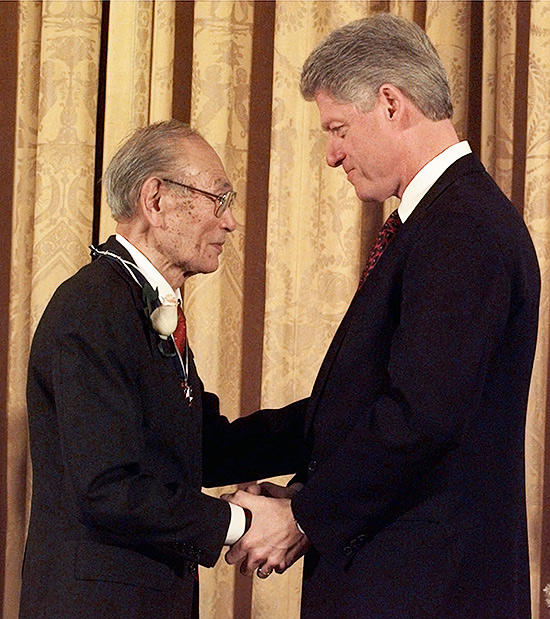
President Clinton presents Fred Korematsu with a Presidential Medal of Freedom during a ceremony at the White House Thursday, Jan. 15, 1998.
Associated Press
A decade later, President Bill Clinton presented Korematsu the Presidential Medal of Freedom, the highest civilian honor in the United States. “Some names of ordinary citizens stand for millions of souls: Plessey, Brown, Parks,” Clinton said. “To that distinguished list, today we add the name of Fred Korematsu.” President Barack Obama posthumously bestowed the same honor on Hirabayashi and Yasui.
As long-time former staff members of the ACLU of Northern California (albeit decades after the war), we are proud of the bold actions that our affiliate took to challenge the unconstitutional incarceration of Japanese Americans.
While a national organization like the ACLU must speak with one voice to be effective, Ernest Besig’s defiant stance reminds us that an organization’s principles must set aside politics, relationships with the government, and even public opinion, to first and foremost take into account how civil rights violations impact real people.
The ACLU‘s history in the World War II Japanese American cases shows us that even leaders of an organization dedicated to individual rights can be blinded by wartime hysteria. In addition, close relations with government officials can deter us from battling the most egregious civil liberties violations. The national ACLU’s attempts to mitigate the Roosevelt Administration’s incarceration policy should have accompanied — rather than negated — direct constitutional challenges in court.
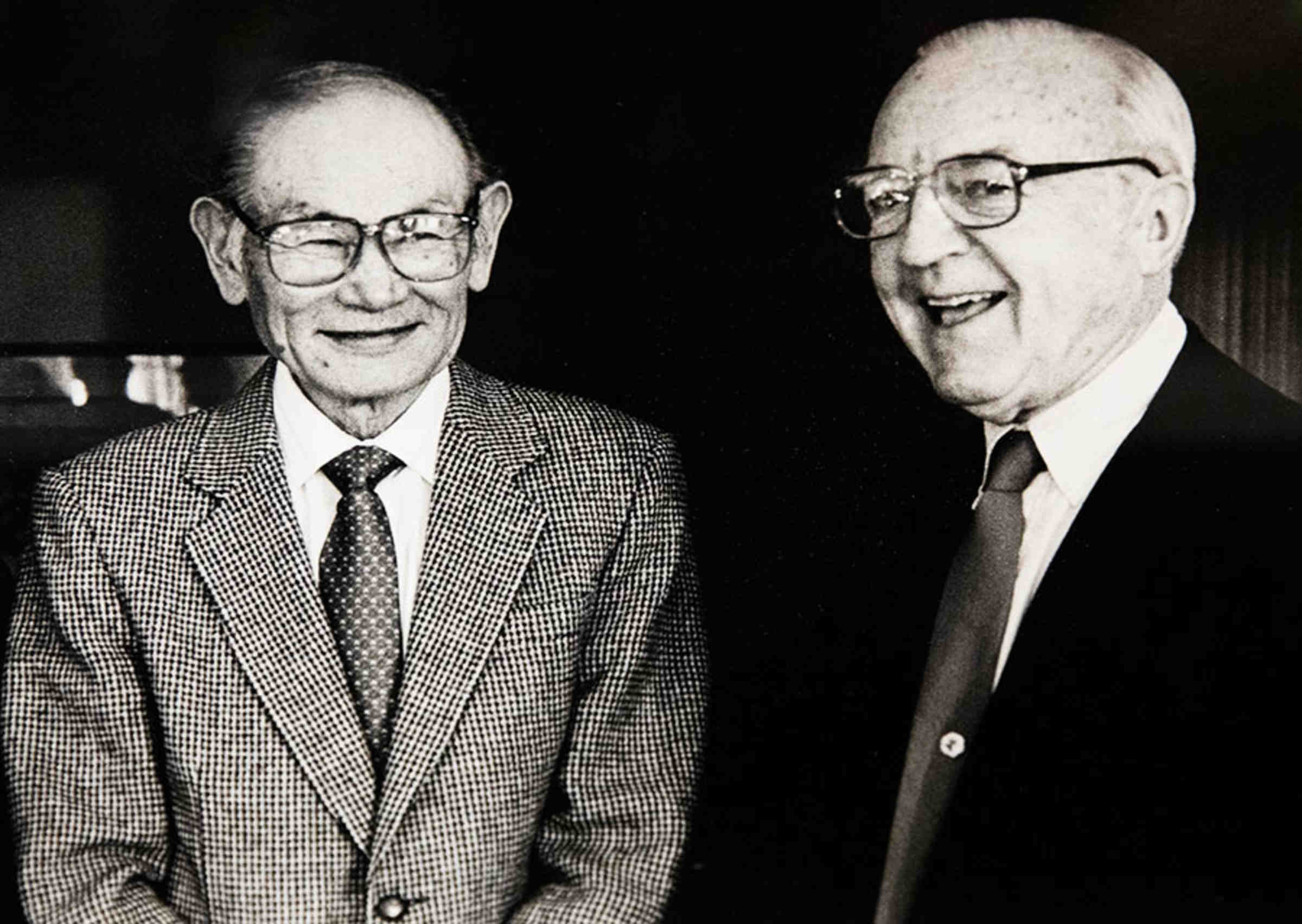
Fred Korematsu with Ernest Besig, 1980s
Shirley Nakao
In the Supreme Court’s 1944 Korematsu decision, Justice Robert Jackson wrote a scathing dissent, warning that the court was validating racial discrimination and the uprooting of American citizens. He cautioned, “The principle then lies about like a loaded weapon, ready for the hand of any authority that can bring forward a plausible claim of an urgent need.”
Recent court rulings demonstrate just how prescient Justice Jackson’s words were. Though Chief Justice John Roberts stated that the Korematsu decision “has been overturned in the court of history,” the Supreme Court has not officially overturned the decision. Ironically, Roberts made his statement in the Trump v. Hawaii ruling upholding President Donald Trump’s odious anti-Muslim travel ban.
Today, as our government once again locks up masses of people — those seeking refuge from war, violence and poverty — behind barbed wire, Justice Jackson’s warning is as prescient as ever. We must remember our history and learn from mistakes and misjudgments. When we acknowledge our past errors, we do not tarnish our credibility. Rather we help ensure we don’t repeat them.
Elaine Elinson and Stan Yogi, both former staff members of the ACLU of Northern California, are coauthors of the award-winning “Wherever There’s a Fight: How Runaway Slaves, Suffragists, Immigrants, Strikers, and Poets Shaped Civil Liberties in California.”


